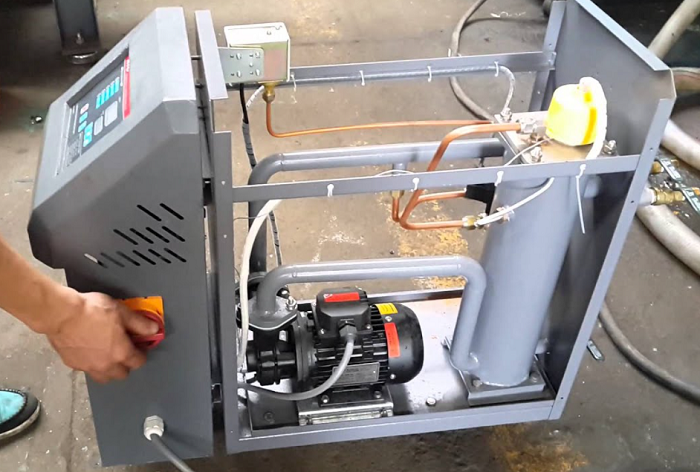In injection molding, a variety of different injection molding processes are often used to meet the injection requirements of different products. Temperature is one of the most basic control parameters in plastic injection molding. Today, we’ll be talking about the influence of mold temperature on plastic injection molding parts.

What Are The Effects Of Injection Molding Temperature On The Molded Parts?
There are many factors affecting the cooling of injection mold, such as the design of the shape and parting surface of the plastic part, the type, temperature and flow rate of the cooling medium, the geometric parameters and spatial layout of the cooling pipe, the mold material, the melt temperature, the ejection temperature and mold temperature required by the plastic part, the thermal cycle interaction between the plastic part and the mold, etc.
● Low mold temperature can reduce the molding shrinkage of plastic injection molding parts.
● The temperature uniformity, short cooling time and fast injection speed can reduce the warpage of plastic injection molding parts.
● For crystalline polymers, increasing mold temperature can stabilize the size of plastic parts and avoid post crystallization, but it will lead to the defects of prolonged molding cycle and brittle plastic parts.
● With the increase of crystallinity of crystalline polymer, the stress cracking resistance of plastic decreases, so it is beneficial to reduce the mold temperature. However, for the high viscosity amorphous polymer, because its endurance cracking resistance is directly related to the internal stress of the plastic parts, it is beneficial to increase the mold temperature and filling speed and reduce the feeding time.
● Increasing mold temperature can improve the surface quality of plastic parts. In the process of injection molding, the mold temperature directly affects the filling of plastic, the shaping of plastic parts, the molding cycle and the quality of plastic injection molded parts.
Conclusion
The mold temperature depends on the crystallinity of plastics, the size and structure of plastic parts, performance requirements and other process conditions, such as melting temperature, injection speed, injection pressure and molding cycle.
For amorphous polymer, the melt solidifies with the decrease of temperature after injection into the mold cavity, but there is no phase transformation. The mold temperature mainly affects the viscosity of the melt, that is, the filling rate. Therefore, for amorphous plastics with low and medium melt viscosity, such as polystyrene and cellulose acetate, the cooling time can be shortened by using lower mold temperature.
